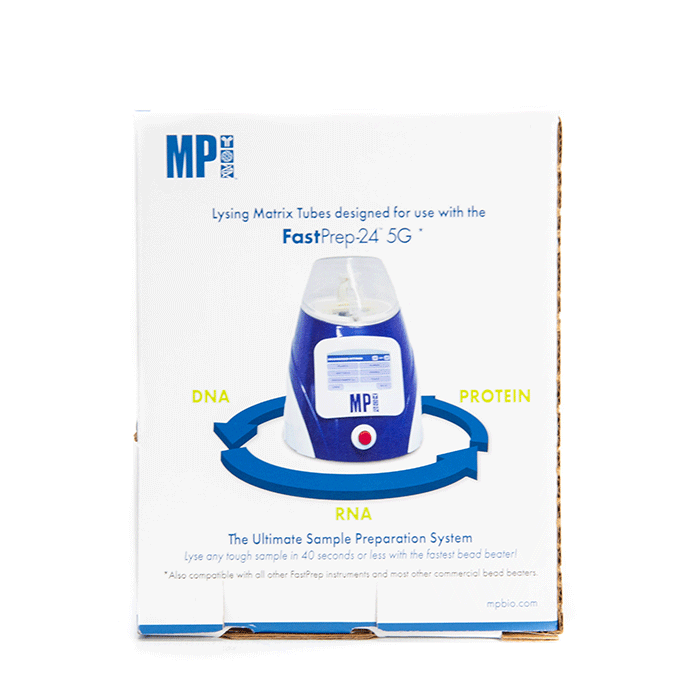Ideal Characteristics
Hair is important evidence found at crime scenes that is commonly tested for drugs or nutritional deficiencies and processed for DNA analysis, but evidentiary sample preparation is a frequent bottleneck. The right lysing matrix could minimize bottlenecks while maintaining, or even boosting, the yield of your target analyte.
The ideal lysing matrix and homogenization protocol
- grinds difficult samples thoroughly and quickly;
- produces high yields of your target analyte;
- generates highly reproducible results; and
- eliminates cross-contamination.
Choose Your Lysing Matrix
Hair is a tough sample that requires hard, moderately aggressive lysing matrices, such as those made of stainless steel, for thorough and efficient lysis.
Appropriate lysing matrices for hair samples include MP Bio’s Lysing Matrix S and Lysing Matrix SS, which differ in size. Stainless steel beads are particularly beneficial for extracting DNA from hair, because the beads do not bind DNA, increasing yield compared to potentially reactive materials.
- Lysing Matrix S: 1/8 inch stainless steel beads
- Lysing Matrix SS: 6.35 mm stainless steel grinding balls (slightly more aggressive)
Using Your Lysing Matrix
Lysing matrices are easy-to-use and are most efficient when using dedicated bead beating devices, such as MP Bio’s FastPrep Instruments.
First, be sure to select the appropriately sized lysing matrix tube based on your sample size. MP Bio’s 2 mL Lysing Matrix S tubes process up to 500 mg of sample per prep, whereas the 50 mL Lysing Matrix S tubes process up to 7 g per prep. Selecting a suitable tube size will help streamline your forensics workflow.
Hair samples can be applied directly to the lysing matrix with a buffer or water, but it may help to cut the hair into 3-6 cm pieces. Once loaded, place the tubes into the Fastprep Instrument and process the samples at the speed and time intervals necessary to get the desired level of lysis. You may need to tweak the specific processing parameters to optimize and standardize the protocol.
Practical Use Case: EtG Assessment and Protocol
Ethyl Glucuronide (EtG) is the marker-of-choice for abstinence assessment and for chronic excessive alcohol consumption.
EtG samples are commonly incubated in a sonication bath overnight to extract the analytes from the hair samples, making processing time significantly longer than other laboratory assays. Stainless steel beads in combination with a FastPrep-24™ instrument accelerates the extraction process and improves EtG yield by 114% compared to sonication.
Protocol:
- Cut 75 mg of hair samples into 3-6 cm sections
- Put the cut hair samples into 2 mL tubes containing steel beads
- Add deionized water
- Load the tubes in a FastPrep-24™ instrument and process 2 x 1 min at speed setting of 6.0 m/s


